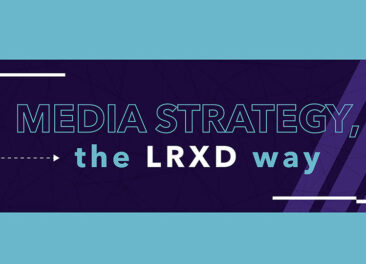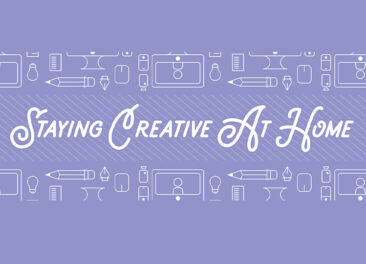How to successfully position a brand: The essentials of a creative brief
A Blueprint for Greatness
Beginning any marketing assignment without a proper creative brief – whether advertising, design, interactive or PR-related – is like trying to build a home without blueprints. And more than likely it will lead to the same result: a client who doesn’t want what’s been built when the work is finally finished.
So, what are the essentials for a great creative brief – one that inspires writers and designers to do great work that’s in keeping with your brand vision as a client? When developing a brief, less is more. Only the essential details need to be revealed. Too much information can lead your creative agency down the wrong path, wasting precious time and money.
Define the Situation
A full detailed history of the brand is not necessary. Define the problem and the specific opportunity to attack that has led you to the need for a marketing or branding campaign right now. Important background details only.
Nail Down the Objective
To truly gauge the success of your marketing campaign, the objectives of the effort should be defined as explicitly as possible. Instead of “increase sales” it should be “increase sales with our 25-34 year-old audience by 8% during Q4.” When everyone agrees it’s attainable, you’ll have a benchmark upon which to judge your agency – marketing ROI in action.
Describe the Audience
Demographic information, such as age and gender are necessary, but the real nuggets for creative development and inspiration come by way of the psychographic information you can provide. What does your audience think and feel? What do they love? What do they hate? What are their pain points? This is crucial information to help your agency team unveil ways of talking to your audience that they haven’t heard before.
Define the Core Idea & Substantiate
Everything hinges on the core idea – your brand’s unique promise that addresses the needs of your audience. How does your product or service uniquely solve a need that your audience may or may not realize they have? Then, provide all the reasons (features and attributes) that back up your promise and make it believable. Perfect this crucial area of the brief and great advertising, design, interactive and PR will naturally flow from it.
Develop the Strategy
This is where correlations need to be made between the two sections outlined above. Your audience desires something, your brand addresses that desire. In combining them together, what unique insight can be capitalized on? How can you talk about what you offer in a way that jolts your audience into action? That’s the strategy for your creative team to execute upon.
Outline the Tactics
The audience, core idea and strategy will dictate the best tactics for marketing your message to get the biggest return on investment. With today’s expanding media opportunities and the proliferation of channels to show off the marketing you do, a unique, creative media plan will often separate marketing that’s seen by relatively few by those campaigns that travel around the world – being spread virally.
Describe the Creative Tone
If your brand were a person, what characteristics would you assign it? This is another key area to specify to help avoid your agency team coming back with a campaign that doesn’t fit your brand’s personality.
Define the Competition & Admired Brands
To avoid redundancy with other brands in your space and to poke holes in their strategy and campaign, define the brands your brand competes with and in what manner. Additionally, you should provide a list of brands you admire and the reasons why – adding fuel for the fire for your agency team.
Determine the Budget
Budget is a very important criterion, but don’t let your agency use a small budget as an excuse not to deliver great thinking. The amount of money you have to spend on your campaign means less than it ever has today. Great ideas are what create marketing power and stickiness, not necessarily a powerful budget.
Provide the Timing
Giving your agency enough time is paramount to putting out a great campaign, testing it with internal and external audiences, refining, and launching with success.
Develop your creative brief in partnership with your agency and make sure everyone agrees to it before beginning campaign development. Then, it’s off to the races – knowing exactly where to run and at what speed to impress the audience you need to impress.



